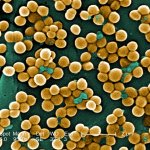
Dressing up for Ebola’s unlikely EU epidemic
Unlike some news reports the Ebola virus is not as easily transmitted as influenza or other infections. Still, healthcare and laboratory workers must take precautions to quickly identify those infected and prevent an outbreak. Report: Lisa Chamoff

























